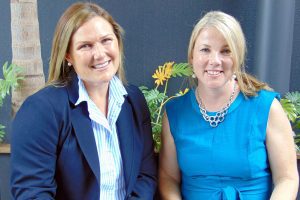
The weight of scientific evidence shows mammography as a screening tool for breast cancer is a lifesaving public health intervention irrespective of a new Canadian study that questions mortality benefit, Cancer Council Australia said today (13 Feb).
Cancer Council Australia CEO, Professor Ian Olver, said the Canadian study, published in the British Medical Journal on Tuesday, was not relevant to the Australian context.
“The Canadian study found no mortality benefit for women aged 40 to 59 undergoing annual mammograms,” Professor Olver said. “However, evidence shows mammography as a screening tool is most beneficial for women aged 50 and over, undertaken every two years. “So you are comparing apples with oranges if you try to apply conclusions from the Canadian study to Australia, where mammography is appropriately targeted through the BreastScreen Australia program.
“The Canadian study also looked at screening over a five years, while the most comprehensive study of BreastScreen reviewed mammography outcomes over 15 years and found an overall mortality benefit between 21 and 30 per cent, at existing screening participation levels.
“The Canadian study of mammography was also conducted in the 1980s, based on technology and quality control procedures that have no relevance to contemporary Australia.
“The message is simple: the weight of scientific evidence supports mammography as a population screening tool, and many Australian women are alive today thanks to 20 years of BreastScreen.”
Professor Olver said there were inherent risks in a wide range of effective health interventions including cancer screening and that BreastScreen participants should be fully informed about the possibility of problems such as over-diagnosis.
“The World Health Organisation’s Principles of Screening is the gold standard for determining if a cancer screening program provides more benefit than risk to the population,” he said.
“Mammography screening offered to women aged 50 and over meets all the WHO criteria, so we encourage women in the target age range to have a mammogram every two years. It could save their life.”




















Add Comment